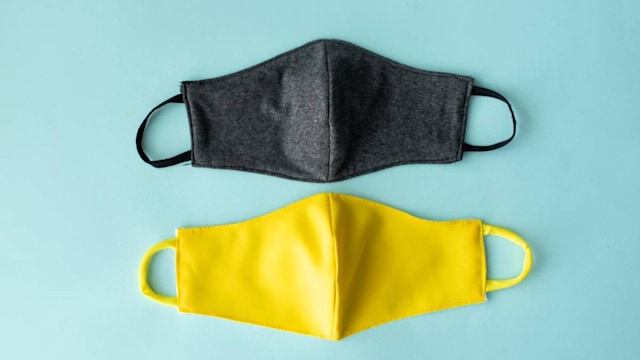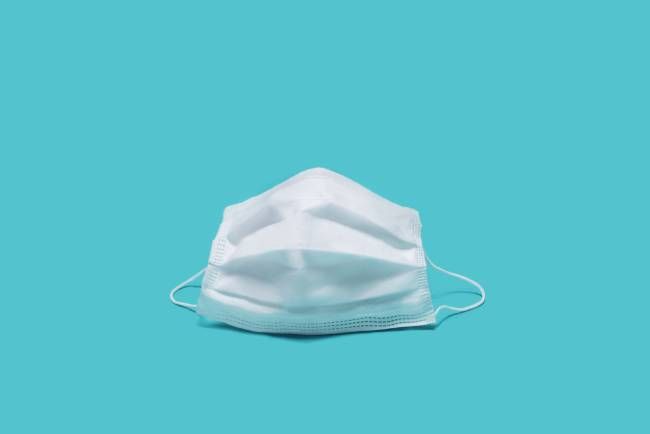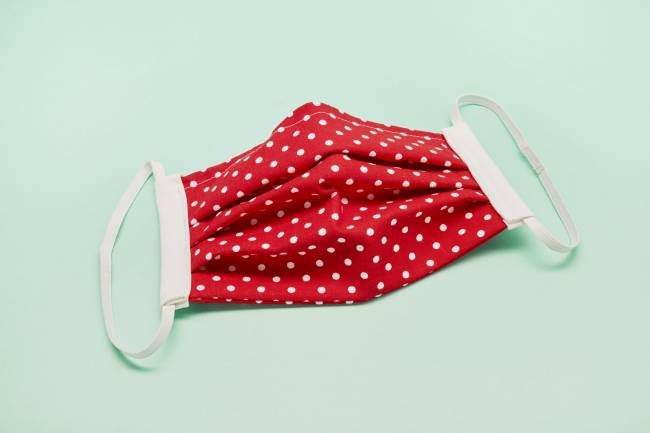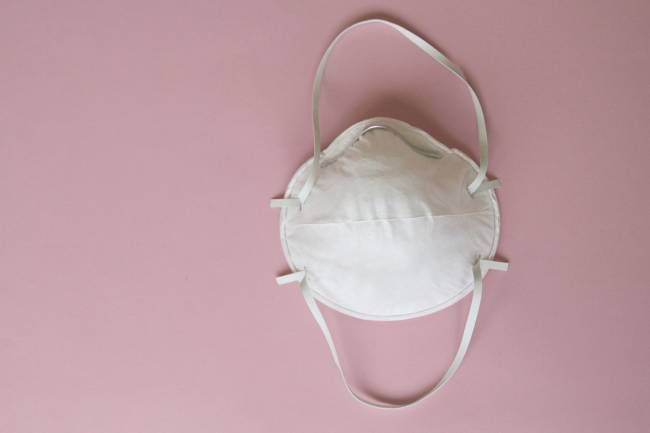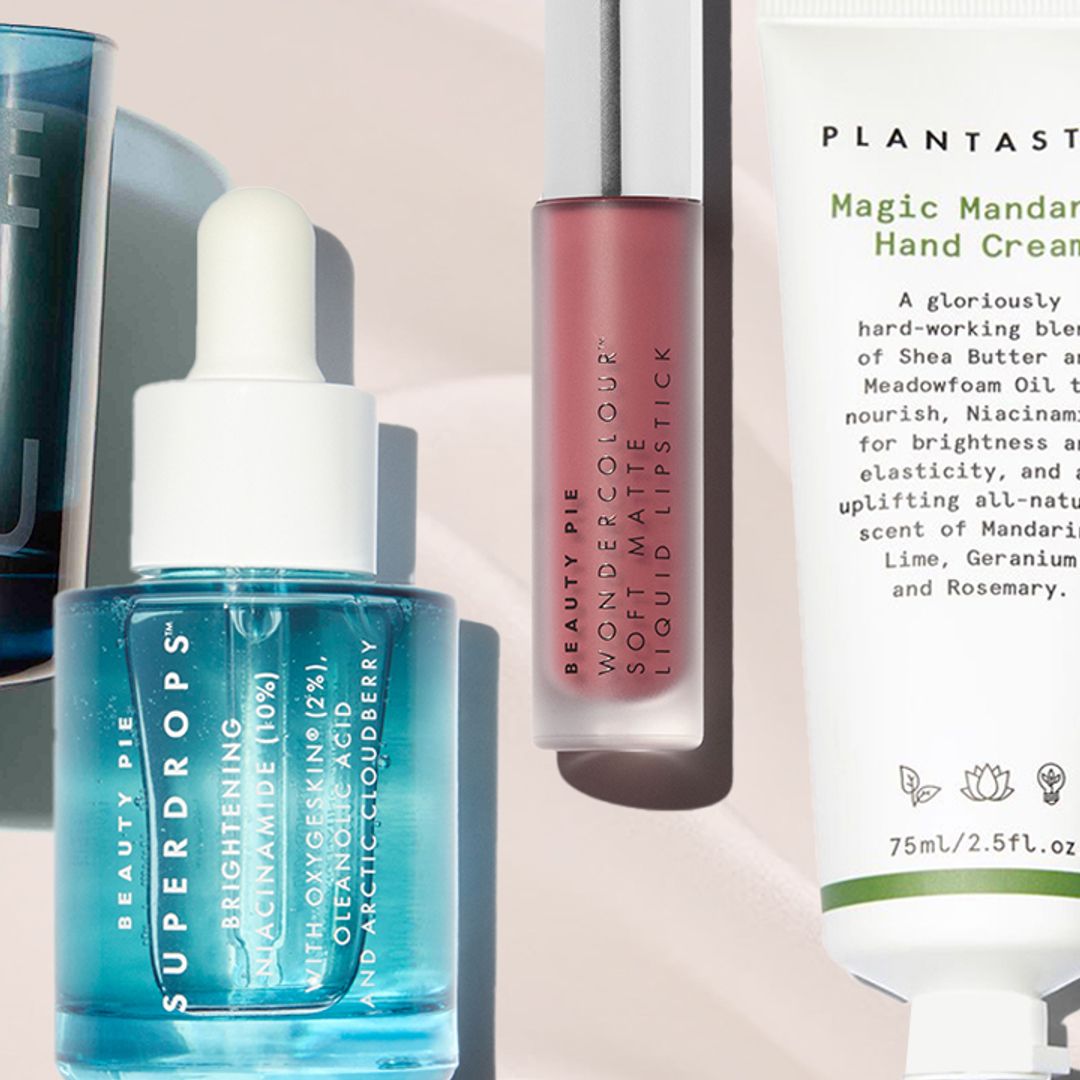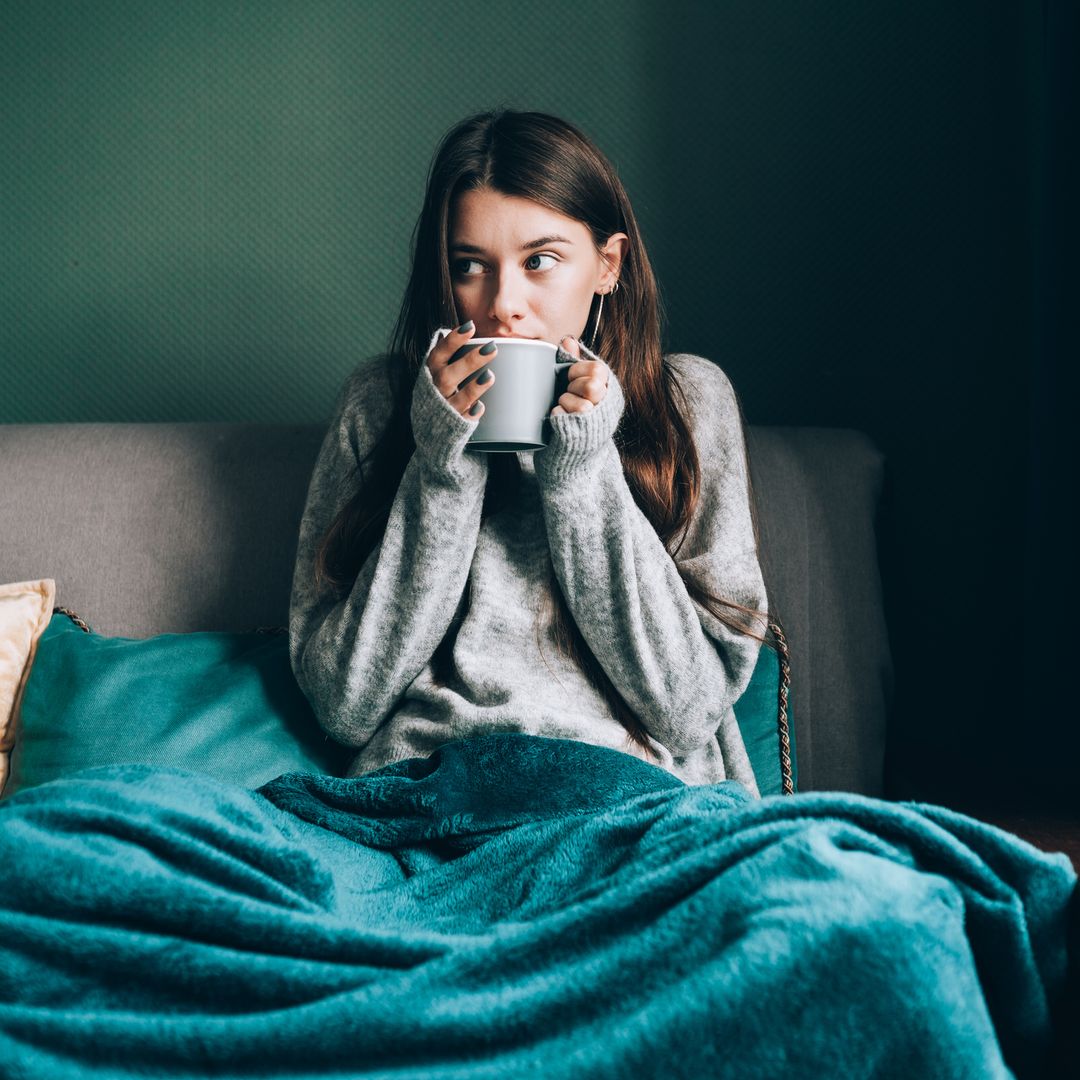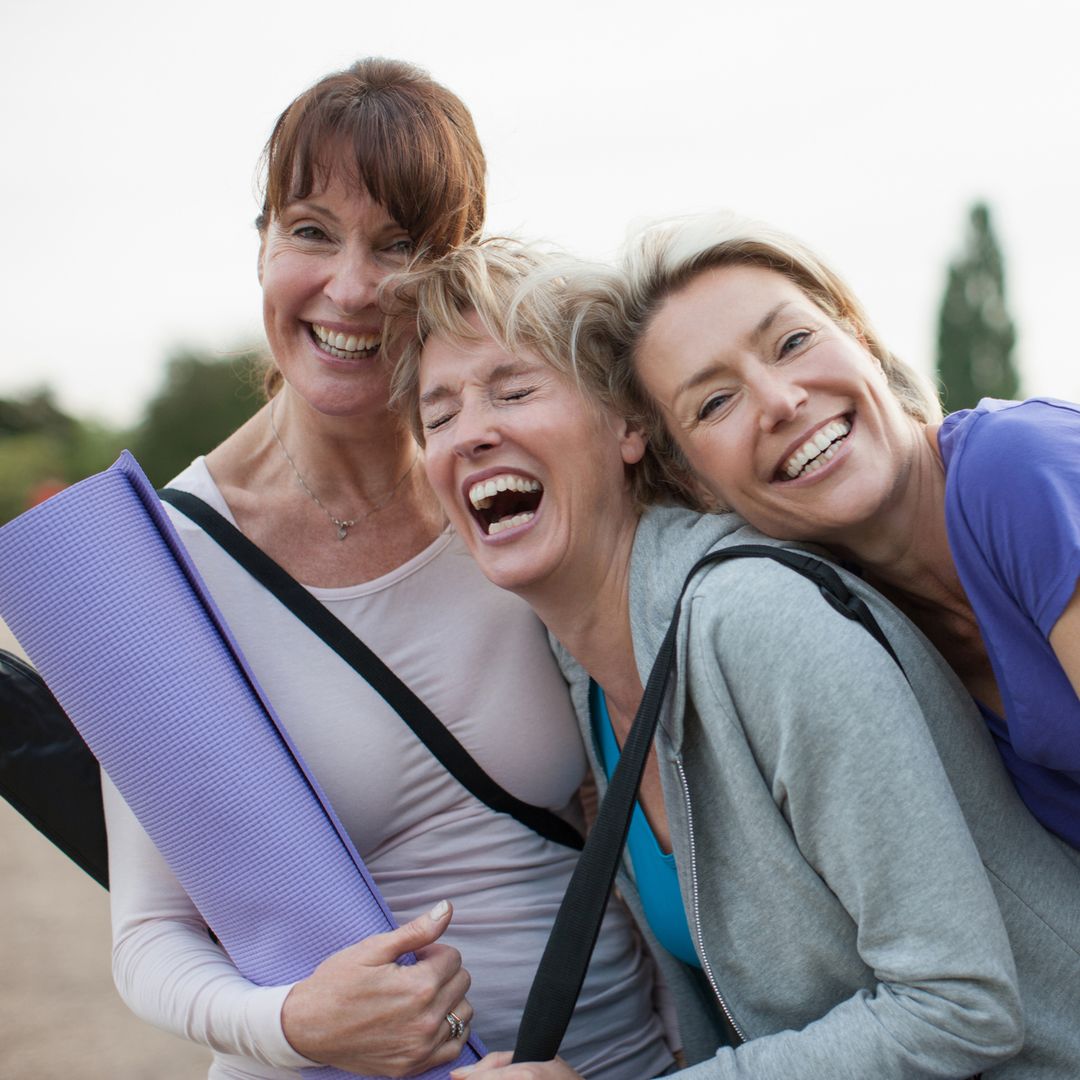In May, the government stated that the public should consider wearing face coverings in public spaces to help reduce the spread of coronavirus. There has been a rise in masks available, from single-use surgical masks to DIY ones you can make at home. It can be confusing knowing just when to wear a mask and which type to choose, but Dr Anna Hemming, former doctor of the Queen, has shared her advice to help. "The largest amount of transmission happens early in the course of the coronavirus disease. People may be contagious before they have symptoms and realise they are unwell. Wearing a mask can help limit the transmission of the virus by people who don't realise they are infectious," she explained.
The government have advised the public to wear face masks while out
Where should you wear a mask?
Masks should be worn out in public settings when you are likely to be around a lot of people. These include supermarkets, hospitals, pharmacies and any medical setting, as well as on public transport.
MORE: How to make a face mask at home during the coronavirus pandemic
Can children wear masks?
Dr Anna advises that children under the age of two shouldn't wear a mask, nor should people who have trouble breathing, or those unable to remove a mask on their own.
Are DIY masks effective?
Any kind of face cover is better than nothing at all. Explaining how cloth masks work, which can also be made at home, Dr Anna said: "There are simple face coverings which are accessible to all, although less effective at protecting the wearer, as most have gaps near the nose, cheeks and jaw allowing potential harmful droplets access to be inhaled. They are normally waterproof but these are far better than no mask at all when worn properly. Homemade face covering masks should be washed after each use and removed without touching your eyes, nose and mouth. Remember to wash your hands after removing your mask."
DIY face masks can be effective
Are surgical masks more beneficial?
Dr Anna opened up about the different types of surgical masks and how they differ from homemade ones. "There are several types of surgical masks, most are single-use, disposable rectangular pleated masks composed of breathable synthetic fibres and they expand to cover your nose, mouth and jawline. Surgical masks do not form an airtight seal against your face and do not contain respirators to filter particles. "Surgical masks do filter viruses and bacteria, but their effectiveness depends on how they are worn and fitted. Filtration rates are reported to range from 10 to 90 per cent. Trials have shown that surgical masks and N95 respirators reduced the risk of respiratory illnesses in similar ways." Dr Anna added: "Only wear a surgical mask if you are unwell with COVID-19 or caring for someone at home who can't wear a mask. They are disposable – do not reuse them. Replace if it becomes damaged or damp."
READ: Where to find stylish face masks to wear while out
How to wear a surgical face mask
It is essential to wear a surgical mask correctly so that it can be worn effectively. Dr Anna explained: "Clean your hands with soap and water or with an alcohol-based hand sanitiser, and inspect your mask for any tears or holes. There's a metal strip in the centre of the long side of your mask, ensure this strip is at the top of the mask. The colourised side of the mask faces outwards. The top part of the mask should be placed on the bridge of your nose, with the metal strip moulded to the shape of it. Pull the bottom of the mask down to cover your nose, mouth and chin, and if it has ear loops, loop them behind your ears, or tie behind your head. It is essential to avoid touching the mask, and if you need to adjust it, wash your hands straight afterwards."
Surgical face masks are for those who are unwell
How to remove a surgical face mask
To remove a face mask, Dr Anna explains: "Remove the loops from your ears (or undo the ties), and avoid touching the front of the mask. You should then dispose your mask in a closed rubbish bin and wash your hands."
Like this story? Sign up to our newsletter to get other stories like this delivered straight to your inbox.
Dr Anna Hemming is the medical director of Thames Skin Clinic in Twickenham, which is still offering remote consultations and tailored skincare programmes during the coronavirus lockdown. For more information, please visit www.thamesskin.co.uk
